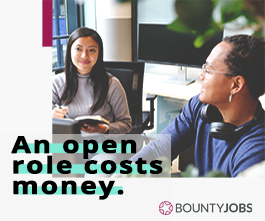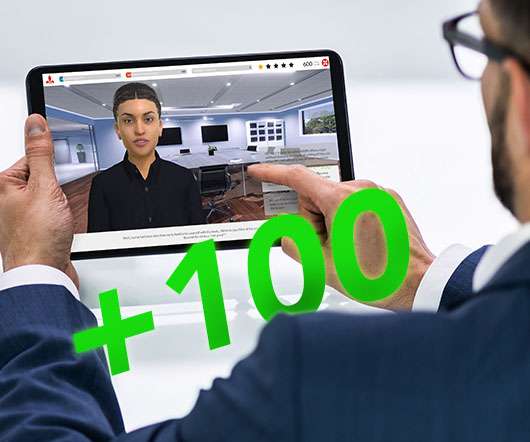eLearning as Part of an Informal Learning Strategy
Integrated Learnings
MARCH 17, 2011
By Shelley A. Gable. How did most of your workplace learning occur over the past year? Much of my learning came from brainstorming with peers, participating in online forums , reading (articles, books, blogs, etc.), observation, experimentation, trial and error.and, of course, reflection. Do you have a similar story of unstructured, experiential, informal learning?






































Let's personalize your content